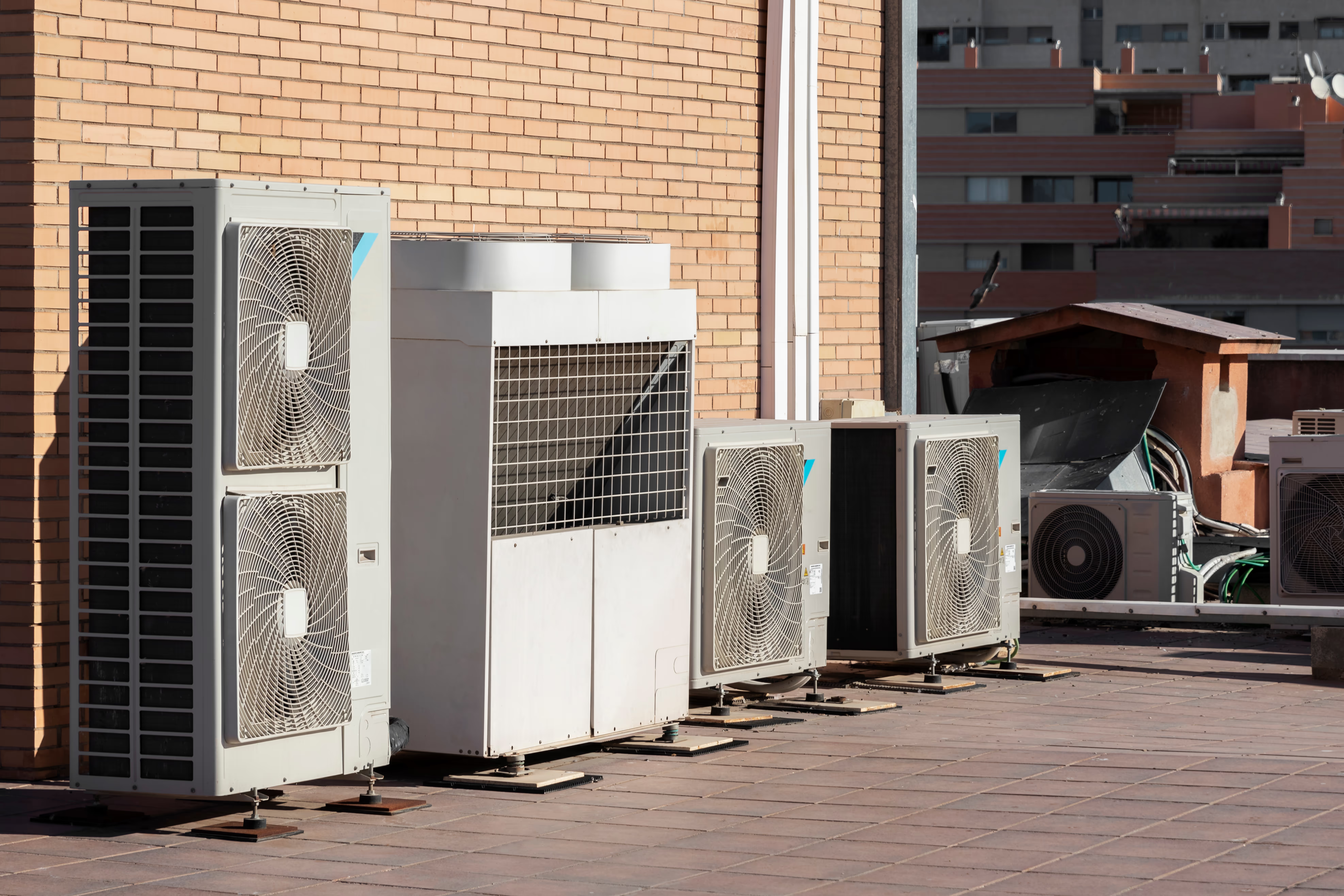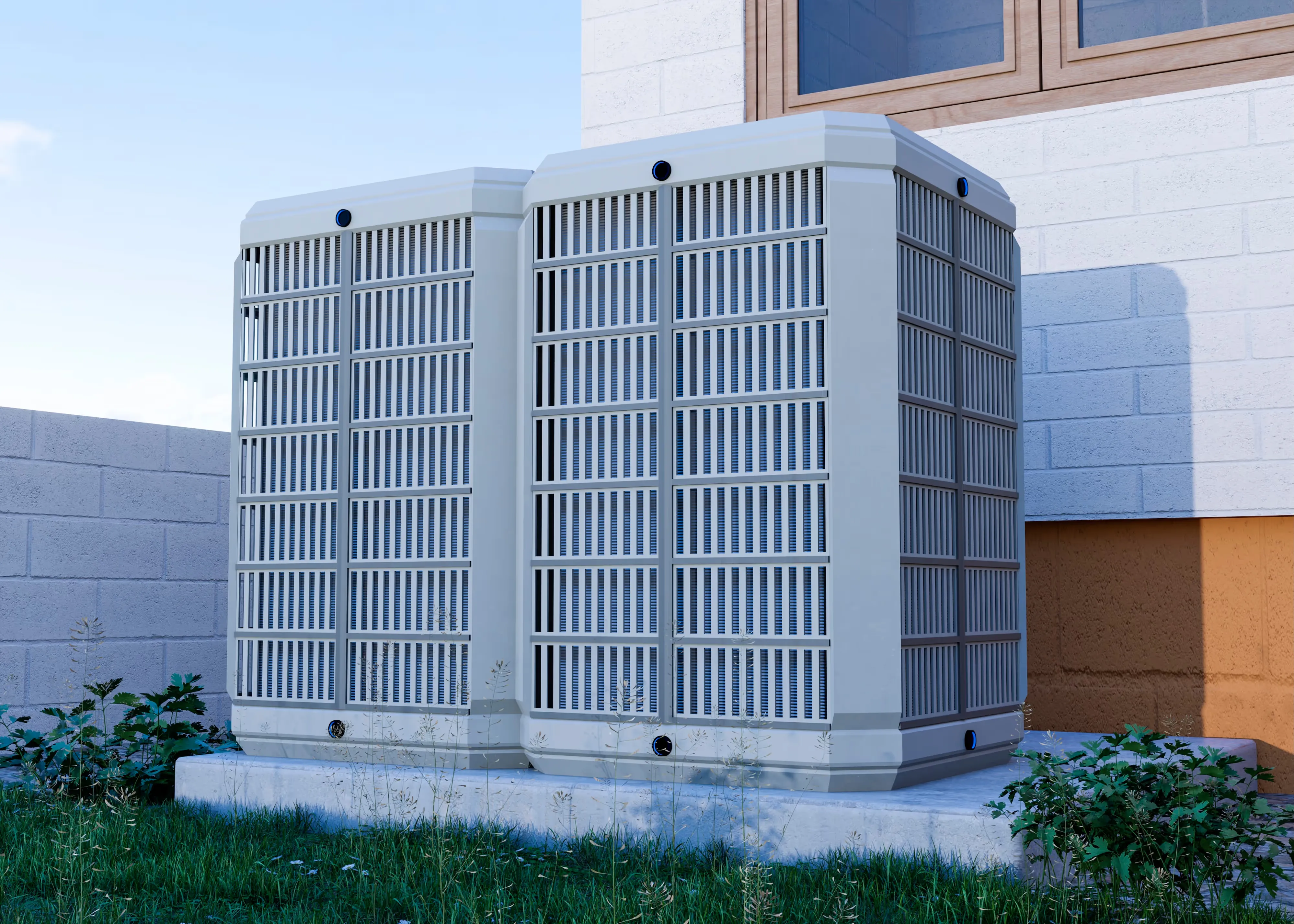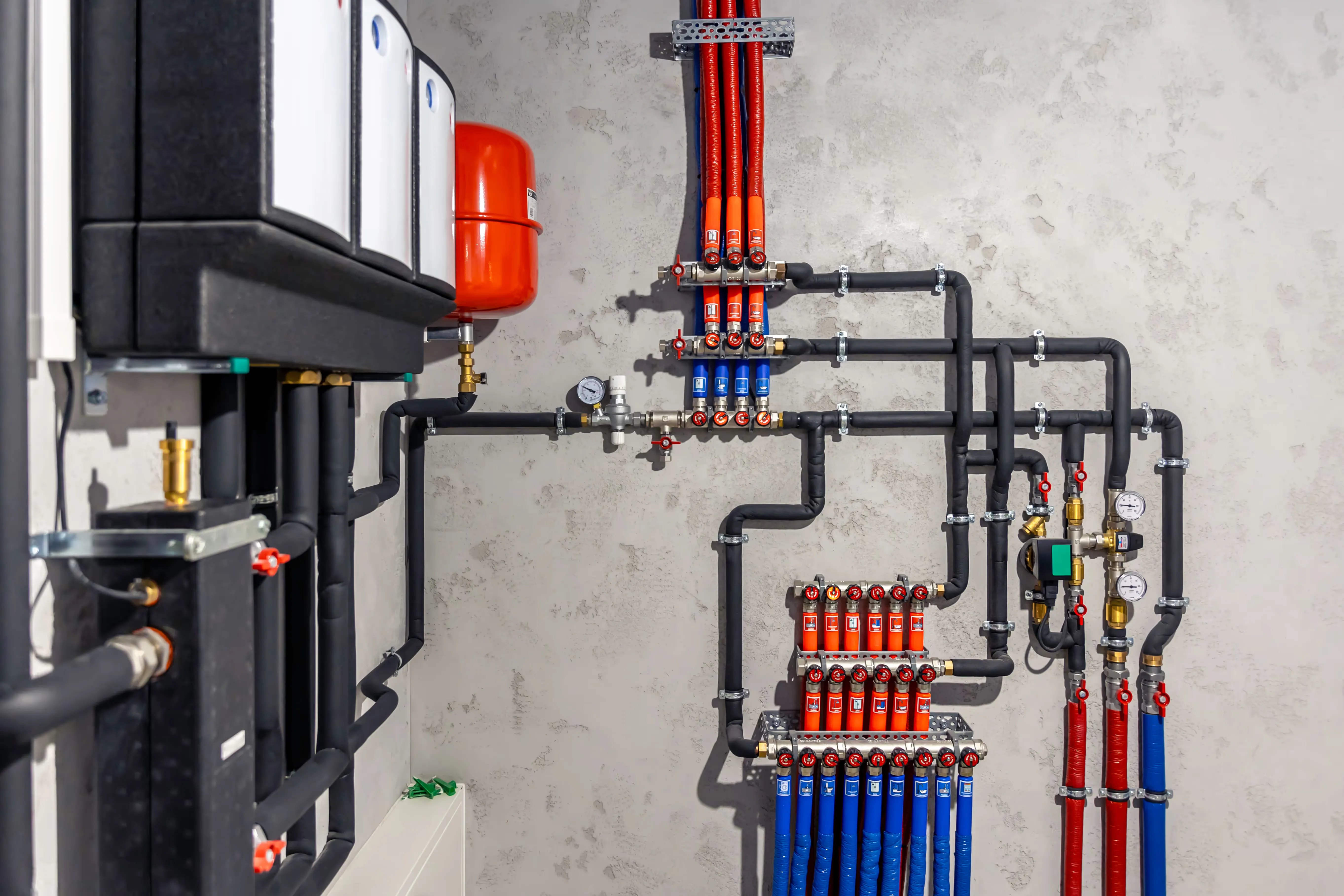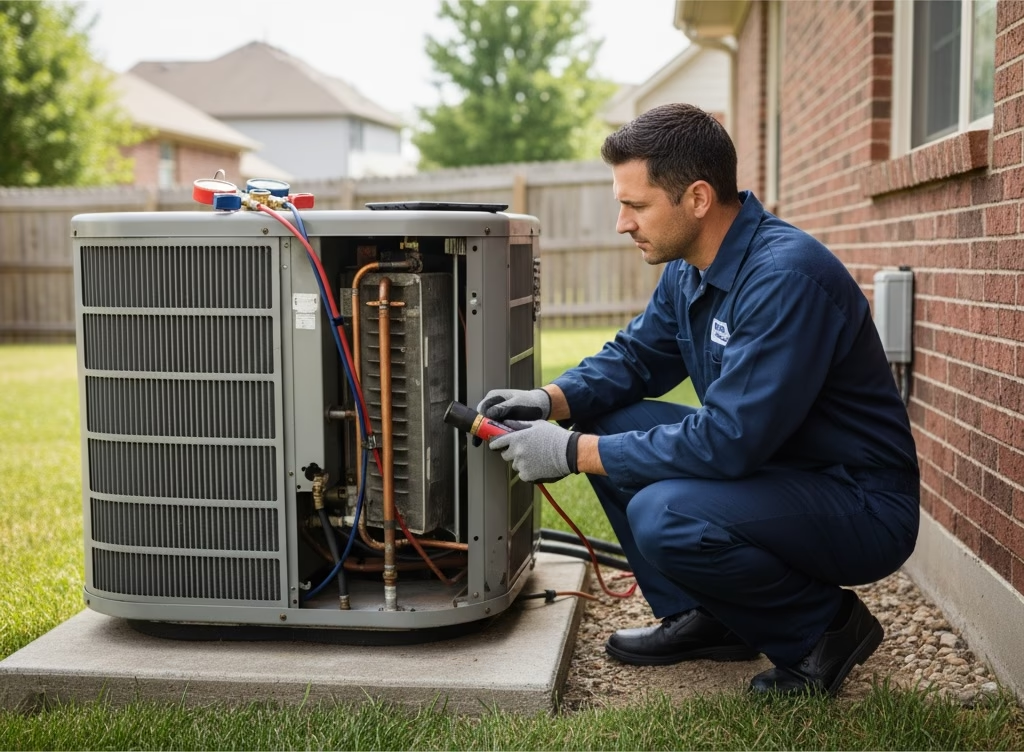· ShiftFlow Editorial Team · Operations · 11 min read
Start an HVAC Business in 2025? Costs, Margins & Reality Check
A grounded look at HVAC startup costs, owner pay, profit margins, and the personal traits that determine whether running your own shop makes sense.

By ShiftFlow Editorial Team. Last updated November 3, 2025
Jake Martinez spent three years watching his crew run service calls on systems he could fix in half the time. He had mastered variable refrigerant flow systems but still could not control whether he would work Thanksgiving weekend. Technical expertise without autonomy felt like owning a Ferrari with someone else holding the keys.
He is not alone. The U.S. Bureau of Labor Statistics projects employment for heating, air conditioning, and refrigeration mechanics to grow 6% from 2022 to 2032, faster than the average for all occupations. Demand is clear; ownership is optional. The real question is whether you should go from lead tech to owner-operator.
HVAC Employment Projections (2022–2032)
Source: U.S. Bureau of Labor Statistics
At a Glance
- Startup capital: $25K–$100K to equip one truck, secure licensing, and cover 90 days of operating cash (based on SBA startup cost guidance plus current equipment quotes).
- Owner pay reality: Plan to take home less than the $58,960 U.S. median HVAC wage in Year 1 while cash builds.
- Survival odds: About half of new firms survive five years; disciplined owners tighten the odds.
- Time commitment: Expect 55–60 work hours per week until you hire dedicated dispatch and admin support.
- Systems that help: Written pricing models, maintenance plan tracking, and capacity planning beat “wait until it hurts” hiring.
The answer depends less on whether work is available (it is) and more on whether you are running from something or toward something. Ownership amplifies whatever is already true about your habits, finances, and willingness to lead.

Heat pumps and electrification are reshaping install mix in many regions.
The Critical Personality Test
Before you print business cards, understand this: certain personality types struggle mightily with business ownership while others thrive.
Research by Ciavarella and colleagues published in the Journal of Business Venturing found only one trait predicted survival past the eight-year mark: conscientiousness. Not charisma. Not appetite for risk. The ability to plan, organize, and follow through.
Stanford economist Edward Lazear’s research, published in the American Economic Review, found that individuals who deliberately built broad skill sets (finance, marketing, operations) were far more likely to found companies. Using data on Stanford alumni, he showed that having background in a large number of different roles was by far the most important determinant of entrepreneurship. You do not need to be the very best technician. You do need to handle installations, manage customer relationships, understand basic bookkeeping, negotiate supplier terms, and put together a marketing plan, sometimes before lunch.
Self-awareness might matter most. Gary Vaynerchuk, who has scaled multiple ventures, argues that “self-awareness is being able to accept your weaknesses while focusing all of your attention on your strengths.” Can you identify the parts of the business that drain you and delegate them? Or will you insist on controlling everything until burnout makes the decision for you?
Here is a harsh filter: if you lack financial discipline in your personal life (maxed credit cards, no emergency fund, impulse purchases), do not start a business to escape that pattern. You will simply replicate the chaos at a larger scale with bigger consequences.
Business Survival Rates Over Time
Source: U.S. Bureau of Labor Statistics
HVAC Startup Cost Breakdown
Here is what surprises many first-time owners: not the technical challenges, not difficult customers, not even managing staff. It is the financial literacy required to survive.
| Startup line item | Typical range | Notes |
|---|---|---|
| Service van (purchase or lease) | $18,000–$45,000 | Includes shelving, inverter, ladder rack. Verify GVWR limits for licensing and insurance. |
| Core tools and diagnostic gear | $12,000–$20,000 | Recovery machine, vacuum pump, smart probes, combustion analyzer, specialty tooling. |
| Licensing, bonding, and insurance | $4,000–$9,000 | State contractor license, EPA Section 608 certification, commercial auto, liability, bonding. |
| Software and office setup | $2,000–$6,000 | Field service software, accounting, CRM, laptops, tablets, mobile plans. |
| Working capital (90 days) | $15,000–$30,000 | Payroll, benefits, fuel, and parts before receivables catch up. |
| Marketing launch | $3,000–$8,000 | Branding, website, local listings, direct mail, paid search tests. |
Typical Startup Cost Distribution (Mid-Range Estimate)
The U.S. Small Business Administration recommends building a detailed assumptions sheet to match your cost estimate with financing. Use their startup cost calculator as a template, then plug in HVAC-specific numbers from suppliers and insurance carriers.
Margins in HVAC are tight, and cash flow timing can wreck even profitable businesses. You might bill $40,000 in installs one month and wait 45 days to collect while payroll and supplier invoices hit immediately. Owners who thrive are obsessive about forecasting, reviewing financial statements monthly, and monitoring cash conversion cycles.
Target HVAC Profit Margins by Service Type
Source: ServiceTitan · Jobber
How to Calculate Your Service Call Rate
Formula: (Fully Burdened Hourly Cost ÷ Utilization Rate) × (1 + Target Margin)
Example:
- Tech hourly wage: $30
- Burden (taxes, insurance, benefits): $12
- Fully burdened cost: $42/hr
- Utilization rate: 70% (28 billable hours / 40 total hours)
- Effective cost: $42 ÷ 0.70 = $60/hr
- Target margin: 50%
- Service rate: $60 × 1.5 = $90/hr minimum
For accuracy and payroll-ready exports, see time tracking, timesheets, and GPS. For quick math checks, try the Hours & Minutes Calculator and Mileage Reimbursement Calculator.
The Talent Equation
Plenty of technicians assume the crew will follow once they hang their own shingle. Reality: some will, some will not, and the ones who do may expect immediate raises or ownership stakes.
Recruiting in today’s market is brutal. Everyone claims to offer “top pay” and “great culture.” Your advantage is clarity about what makes your shop different. Maybe it is a four-day workweek, specialized training, or an all-in focus on heat pumps.
You also need to become a better leader quickly. That means giving feedback without blowing up, handling conflict, and creating career paths your techs can believe in. Training apprentices takes time. So does developing service managers you can trust. If coaching people sounds miserable, running a business will feel like quicksand.

Recruiting and training take time, so plan capacity so customer work stays on track.
Owner-Operator Realities
- You will keep doing technical work, especially emergency calls, until gross profit supports additional techs.
- Administrative work (invoicing, payroll, compliance) easily consumes 10–15 hours per week without automation.
- Hiring a dispatcher or CSR earlier than you think keeps revenue-producing hours high.
- Pay yourself a modest salary and a quarterly draw; the IRS expects reasonable compensation for S corporations.
- Document every process once you do it twice. Repeatable systems shorten onboarding and protect margins.
The Small Business Viability Question
There is a belief in the trades that you either stay tiny and struggle or scale aggressively to survive. That false binary pushes many skilled technicians away from business ownership unnecessarily.
You can build a sustainable technical business and keep it intentionally small. It requires being selective about growth opportunities, maintaining lean overhead, and setting boundaries around when you work and which services you offer. This approach might not make you wealthy, but it can provide better income than employee wages while offering autonomy that many owners value more than maximum profit.
Think of it as the difference between owning a lifestyle business and building a company to exit. Both are legitimate paths. One provides a good living and daily satisfaction. The other demands more employees, infrastructure, and complexity but might generate significant wealth if you execute flawlessly.
Making the Decision
Do not let fear prevent you from starting, but do not let ego define what success looks like either. Labor shortages mean demand exceeds supply in most regions. Startup costs remain accessible. The explosion of business software and online education has lowered the knowledge barrier. You can learn accounting basics on YouTube, manage customer relationships with affordable CRM tools, and process payments through digital solutions.
Market conditions matter less than personal readiness. Can you plan and follow through consistently? Do you handle uncertainty without spiraling? Are you genuinely curious about aspects of business beyond the technical work? Does your family understand and support the plan?
If you are serious, stop waiting for the perfect moment. It does not exist. Just make sure you are moving toward something (autonomy, building something, implementing your ideas) rather than simply running away from a bad employer. The former keeps you motivated during the grind. The latter leaves you in a new situation with the same underlying dissatisfaction.

Specializing in heat pumps, hydronics, or controls can differentiate your shop.
For Martinez, two years in, the decision paid off not because every day felt easier but because the challenges were his to choose. When he troubleshoots a heat pump at 7 p.m., he is not missing dinner because someone else scheduled it. He made a calculated decision that this warranty call matters more than being home early that night. That sense of authorship makes long hours feel less like sacrifice and more like investment.
How to Launch in 90 Days: The Step-by-Step Roadmap
Phase 1: Legal Foundation (Weeks 1–4)
- Register your business entity with the Secretary of State (LLC or corporation)
- Apply for an EIN from the IRS
- Obtain state contractor license (confirm requirements with your state board)
- Secure EPA 608 certification (if not already certified)
- Purchase general liability and commercial auto insurance
Phase 2: Financial Infrastructure (Weeks 3–6)
- Open business checking and a dedicated savings account
- Set up accounting software and a receipts workflow
- Build a simple cash flow model (12 week rolling)
- Price core services (service call, installs, maintenance) using your burdened labor rate
Phase 3: Operations & Go to Market (Weeks 5–9)
- Choose field software for scheduling, time tracking, and timesheets
- Standardize estimates and invoicing templates
- Draft maintenance plan tiers and renewal cadence
- Create a basic brand kit (logo, colors, vehicle lettering)
- Launch a simple website with clear services, service area, and contact options
Phase 4: First Customers & Quality Loop (Weeks 8–12)
- Seed initial reviews from early customers and trusted partners
- Track job durations and callbacks; refine pricing and processes weekly
- Document repeatable tasks into SOPs (estimating, installs, service calls)
Automate HVAC Scheduling, GPS Time Tracking & Timesheets
ShiftFlow helps field teams track time accurately, apply custom pay rates, and export payroll-ready timesheets without spreadsheets.
FAQ: Starting an HVAC Business
How much does it cost to start an HVAC business?
Budget $25,000–$100,000 for a one-truck launch once you add the vehicle, tools, licensing, insurance, software, and 90 days of working capital. Build a detailed plan with the SBA startup cost calculator and vendor quotes.
What profit margin is realistic for a one-truck HVAC company?
Target a 45%–55% gross margin on service work and 30%–40% on installs. After overhead, most solo owners net 10%–15% in early years. Margin improves when you add maintenance plans and stay disciplined on overhead.
How should I price HVAC service calls and installs?
Build a labor rate using fully burdened technician cost divided by billable hours, then add target gross margin. Use flat-rate books for consistency and revisit quarterly when material costs shift.
How long until an HVAC business becomes profitable?
Most owner-operators reach break-even within 9–18 months if they control overhead and maintain 40+ billable hours per week. Cash reserves or a line of credit help absorb seasonal swings.
Do I need special licenses to launch an HVAC company?
Expect state contractor licensing, EPA Section 608 certification for refrigerants, and local mechanical permits. Confirm bonding, insurance, and registration requirements with your state licensing board before accepting work.
What tools and software should I prioritize first?
Prioritize diagnostic tools, inventory tracking, and field service software that ties scheduling, invoicing, and maintenance plans together. Layer in advanced analytics after your processes become repeatable.
What licenses do I need to start an HVAC business in my state?
Requirements vary by state and municipality. Expect a contractor license, EPA 608 certification for refrigerants, and local mechanical permits. Check your state contractor licensing board for specifics and reciprocity.
Can I start an HVAC business from home?
Often yes, especially in the first year. Verify zoning rules, vehicle/parking restrictions, and whether you can store materials at home. Keep customer facing meetings off site and maintain proper insurance.
How do I get my first HVAC customers?
Start with referral outreach to past customers and local partners (property managers, realtors). List on Google Business Profile, collect reviews, and offer a maintenance plan for retention. Track lead sources and double down on those that convert.
What’s the best accounting setup for HVAC startups?
Use a cloud accounting tool with a separate business bank account. Set up a weekly bookkeeping cadence and monthly financial review. Work with a CPA familiar with construction or trades for tax planning.
Should I get a business loan or self fund?
Both paths can work. Loans preserve cash flow but add fixed payments. Self funding reduces risk of over extension but may slow growth. Model cash needs for 3–6 months and choose the option that maintains operating runway.
How many jobs can a solo HVAC contractor handle per week?
Depends on mix (service vs. installs) and drive time. Many solo owners target 25–35 billable hours weekly early on. Use scheduling and time tracking to find your true capacity and adjust pricing accordingly.
How We Sourced This - [BLS: Occupational Outlook Handbook, HVAC Mechanics and
- BLS: OEWS (May 2023), SOC 49-9021 - BLS: Business Employment Dynamics (Survival Rates) - SBA: Calculate Your Startup Costs - Ciavarella et al. (2004), Big Five and venture survival - Lazear (2004), Balanced skills and entrepreneurship - Vaynerchuk (Inc.), Self awareness article - ServiceTitan: Understanding HVAC profit margins - Jobber: HVAC profit margins (tips) - EPA: Section 608 Technician Certification




